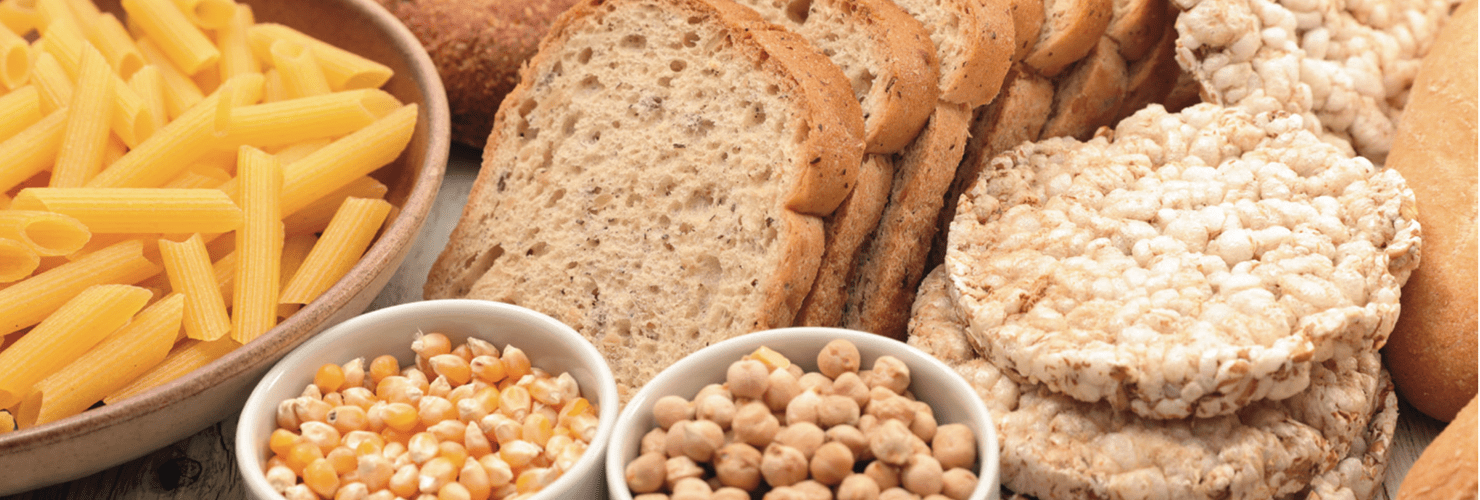Grow Food Solutions | Celebrating Australian Food and Agribusiness Innovations 2021

The glycemic index (GI) is a scale that describes the rate at which carbohydrate foods digest and enter the bloodstream. As the names suggest, low-GI foods enter slowly and have less impact on blood glucose levels, whereas high-GI foods do the opposite.
Current health advice favours a general diet of moderate amounts of high-fibre, low-GI carbohydrates, particularly for those at risk of diabetes, so reliable measurement of a specific food’s GI ranking is a key concern for many parties across the food and health sectors.
Richard Tupper of Grow Food Solutions was invited to act as project lead for a consortium of parties, each with a vested interest in developing better ways to make low-GI foods. The consortium included the NSW Department of Primary Industries, breeding programs representing the rice and potato industries, the Glycemic Index Foundation, food industry ingredient suppliers and Next Instruments, developer of a GI testing device.
Current methods to check if a product is low- GI involve a clinical trial. The process is arduous, time consuming, reasonably costly and requires a lot of testing material. For breeders and producers looking to commercialise a product like bread, it means conducting many tests to get a good result.
The consortium was interested in a new methodology that requires only 100 to 500 milligrams for testing, which means hundreds of samples can be screened, versus the 3–4 kg used in current methods. Part of the process was to ascertain the viability of the Next Instrument device to determine suitability for commercialisation, as well as the testing methodology that enabled the machine to be used.
The project showed that there is value in pursuing an in vitro method for assessing GI in foods. It proved that there is value in mechanisation of the testing process, but that further work is needed to develop a body of test results that provide more precision and robustness. Findings will be used to inform future breeding programs.

